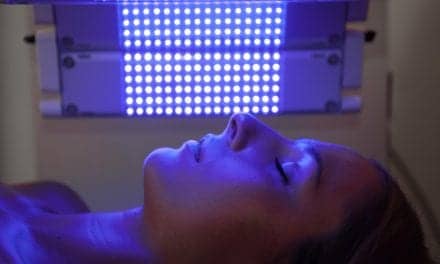Childhood atopic dermatitis subsides by adulthood in most cases; however, clinical factors such as already persistent disease, later onset, and/or more severe disease increases the risk for persistence, according to recent study results.
“Atopic dermatitis (AD)/eczema is a chronic inflammatory skin disease with a clinical course that varies widely between patients,” Jooho P. Kim, BA, of the department of dermatology at Northwestern University Feinberg School of Medicine in Chicago, and colleagues wrote. “Some children have disease activity that persists well into adolescence and adulthood, although most children are thought to ‘grow out of it.’ Much of the data to support this notion originate from smaller studies and did not account for a number of clinical factors that might modify disease persistence.”
Kim and colleagues conducted a systematic review of 45 studies within multiple existing databases and a meta-analysis using Kaplan-Meier plots and random-effects proportional hazards regression to determine the overall persistence rates of the disease and clinical factors associated with disease persistence.



